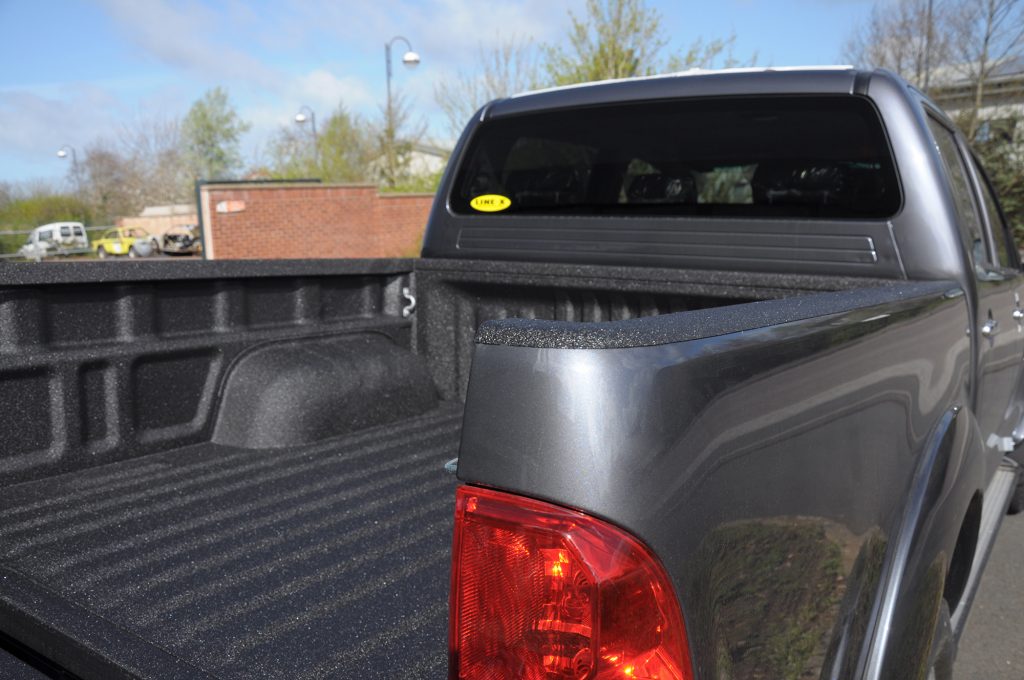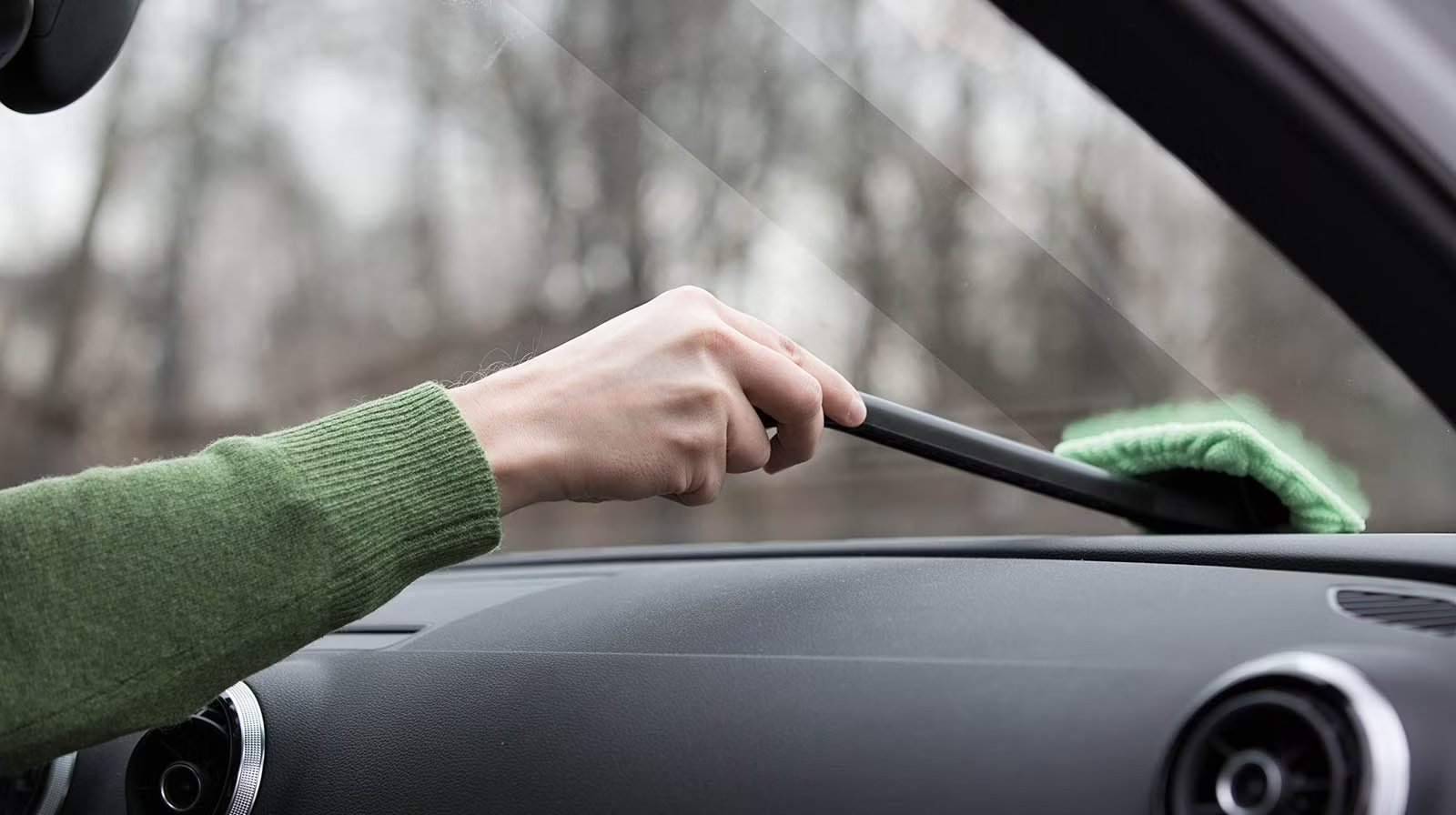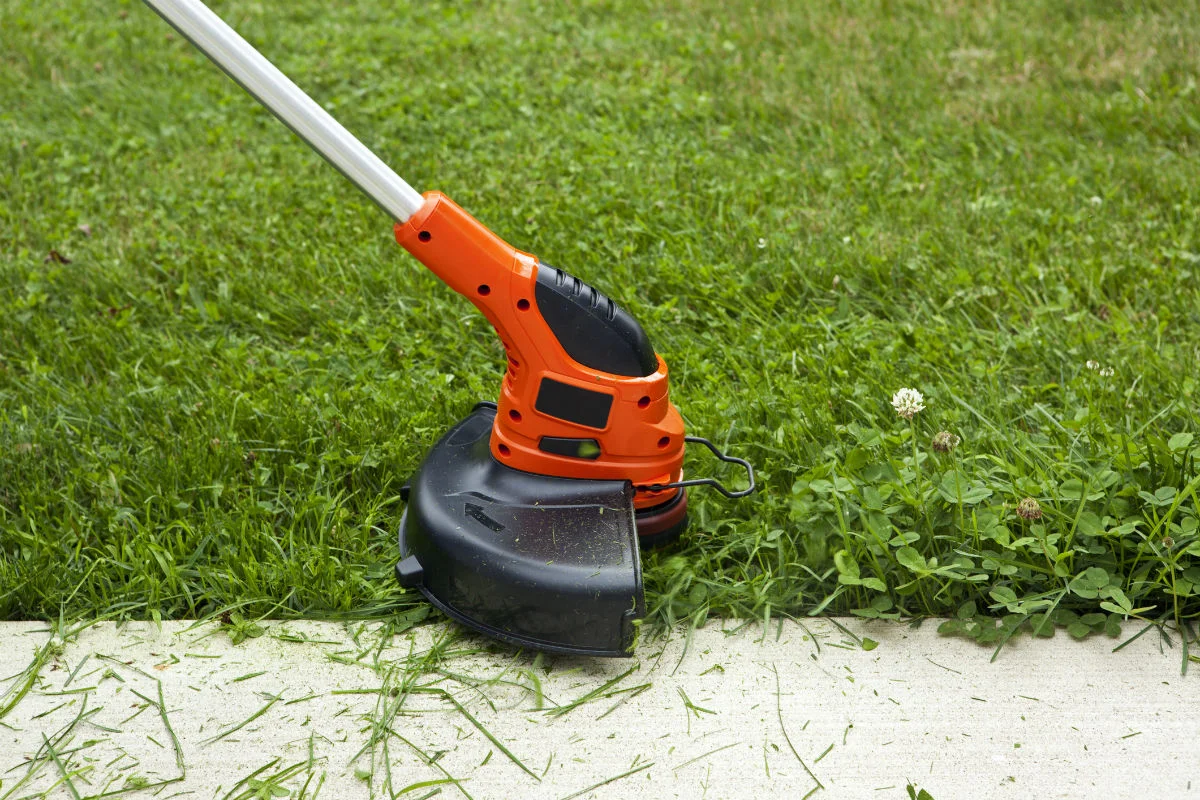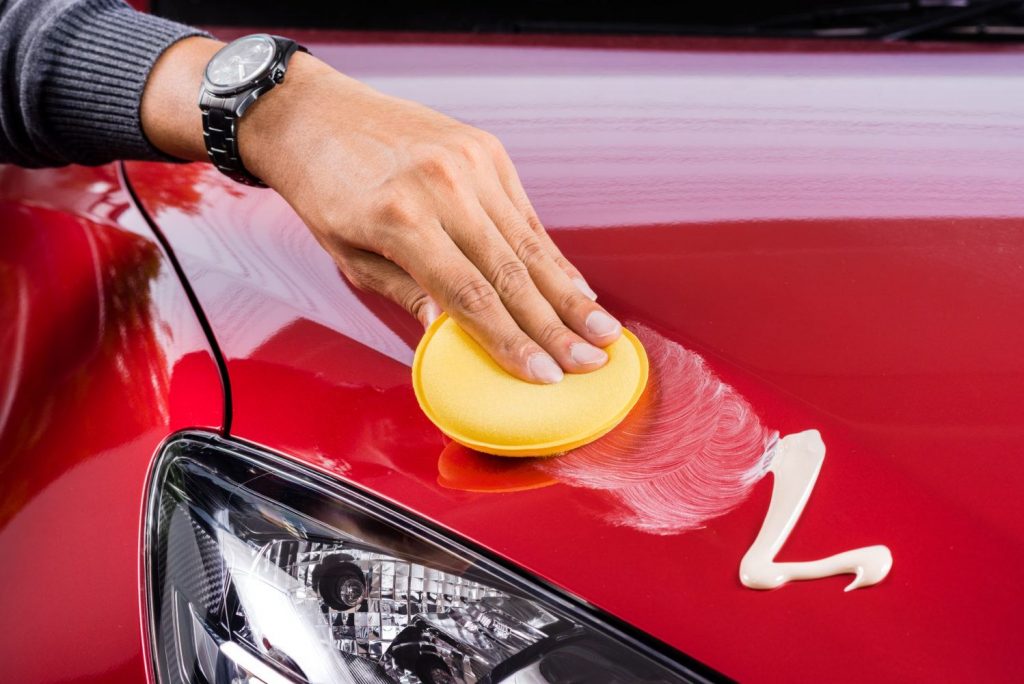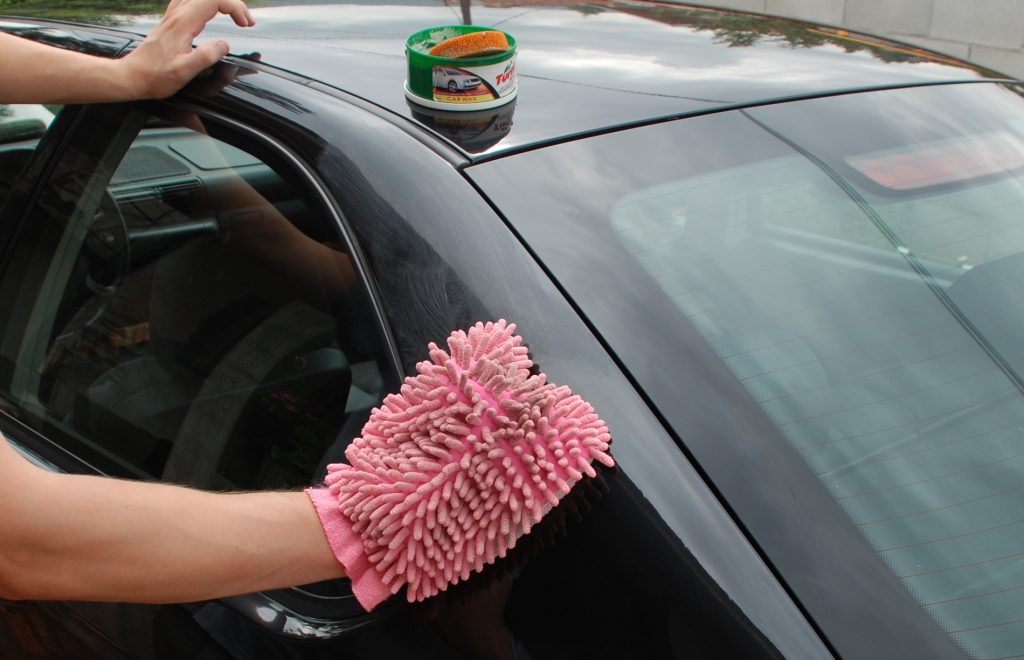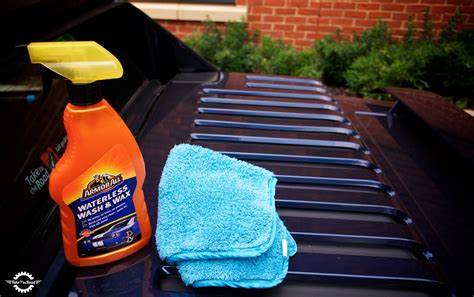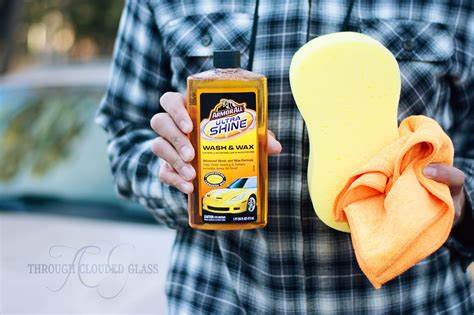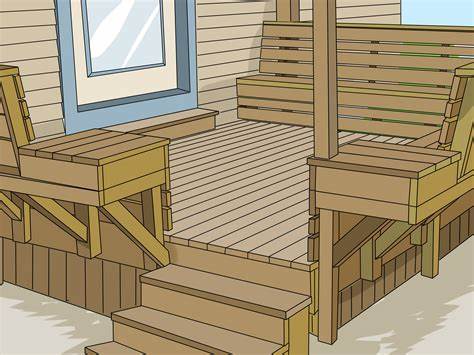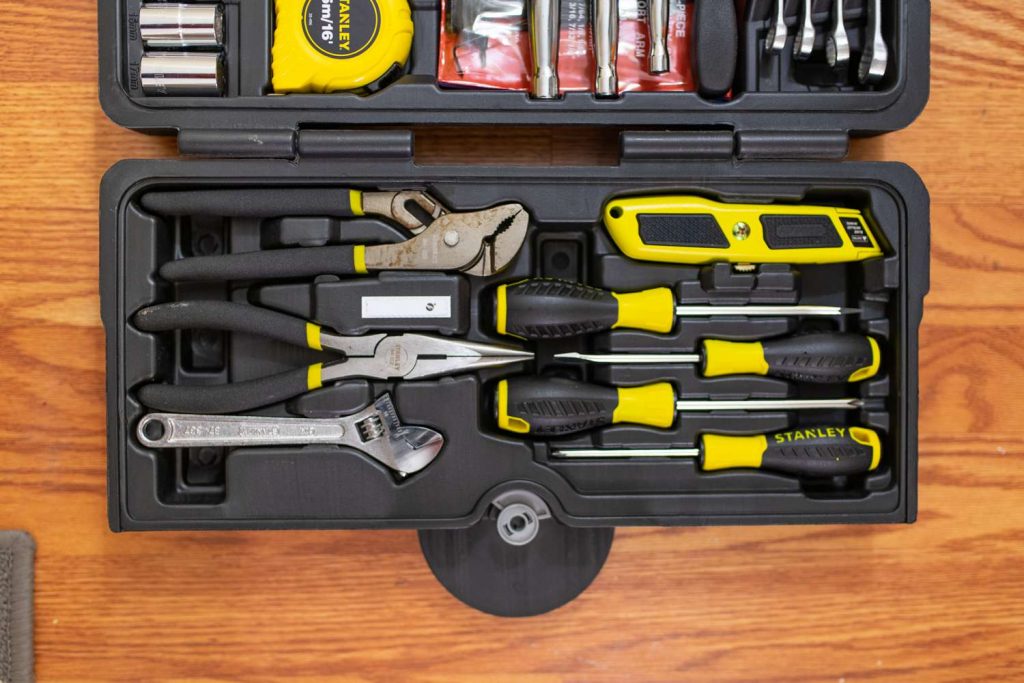
Selecting and Acquiring a Mechanic Tool Set for Automotive Maintenance: A Comprehensive Guide
Acquiring an appropriate mechanic tool set is paramount for do-it-yourself (DIY) enthusiasts engaged in the maintenance and repair of their vehicles. To embark on this endeavor, it is crucial to establish a realistic budget, considering the nature of anticipated repairs and maintenance tasks. Determining whether metric, standard, or a combination of both tools is necessary is an essential preliminary step.
For those undertaking lighter tasks such as fluid changes and engine tune-ups, a budget of a few hundred dollars may suffice. However, engaging in more complex endeavors like brake pad and rotor replacements, cooling system overhauls, exhaust repairs, suspension system maintenance, and other significant upgrades will necessitate a higher financial commitment.
In addition to the specialized tools required for specific automotive tasks, there are foundational tools that every DIYer should possess in their home toolbox, which can also be effectively utilized for auto maintenance and repairs. Notable examples include:
- Screwdrivers: Opt for a set featuring soft, ergonomic handles to maximize turning power with minimal effort, making them a prudent and enduring investment.
- Pliers: A comprehensive set, inclusive of a diagonal wire cutter, slip-joint, needle-nose, and groove or arc-joint pliers, is indispensable for a versatile range of tasks.
By judiciously considering budget constraints and understanding the essential tools required, DIY enthusiasts can ensure they are well-equipped to navigate the spectrum of automotive maintenance and repair challenges.
Essential Tools for Automotive Repairs: A Comprehensive Overview
- The pivotal role of well-equipped toolsets in automotive repairs cannot be overstated, with ratchets and sockets emerging as the cornerstone of any proficient toolbox. These tools, available individually or in sets, come in varying drive sizes, such as 1/4-in., 3/8-in., and 1/2-in. The efficacy of ratchets is heightened in confined spaces, especially those boasting 72 teeth or more, while “quick-release” models facilitate the seamless removal of sockets, even with greasy hands.
- Sockets, crucial for a myriad of tasks, are offered in standard (SAE) and metric sizes, each available in different lengths. Specialized sockets designed for spark plug removal and installation are also available, featuring stamped or laser-etched markings for easy identification. Six-point sockets are recommended for automotive applications, as their thicker walls apply force to the flat shoulder of the hex bolt/nut, reducing the risk of rounding off rusted or overtightened fasteners. Sets that encompass Torx and hex sockets contribute to comprehensive versatility.
- Socket extensions and flex (universal) sockets play a vital role in navigating obstacles and accessing nuts and bolts in confined spaces. Extensions with knurled shafts offer a better grip for manual initiation of fasteners.
- Box wrenches, available in standard or metric sizes, and combination wrenches expedite repairs, with offset, angled, or ratcheting variations facilitating access to challenging areas.
- Nut drivers or all-in-one nut drivers accommodating different size hex and Torx bits prove invaluable, particularly in trim work or around the dashboard.
- When investing in a mechanic tool set, manufacturers often emphasize the number of pieces included. It is crucial to scrutinize the itemized parts list, usually available on the manufacturer’s website, to gain a precise understanding of the set’s contents. Notably, not all mechanic sets encompass the entirety of these tools, necessitating separate purchases to complete the toolkit.
- To ensure longevity, prioritize hand tools with a limited lifetime warranty and adherence to American Society of Mechanical Engineers (ASME) or American National Standards Institute (ANSI) standards. While quality hand tools can endure indefinitely, it is prudent to select those backed by a warranty for added assurance.
Optimal Mechanic Tool Sets for Beginners and Enthusiasts: A Comparative Analysis
Selecting the ideal mechanic tool set is a crucial decision for both beginners and DIY enthusiasts seeking to elevate their automotive repair capabilities. This analysis delves into two notable options for different skill levels, considering their composition, utility, and overall value.
Best Mechanic Tool Set for Beginners
The Kobalt 81240 (129-Piece) Standard and Metric Combination Mechanic Tool Set emerges as an excellent choice for novices, encapsulating a comprehensive assortment of tools within a compact and convenient carry case. While lacking a 1/2-in. drive ratchet, the 1/4-in. and 3/8-in. drive 90-tooth ratchets prove invaluable for maneuvering in confined spaces. Noteworthy features include open-end wrenches, a hand hex-nut driver, and bits, making this set a worthwhile investment for those embarking on basic vehicle maintenance or repairs. An honorable mention goes to the DekoPro 8542037480 192-Piece Mechanics Tool Set, which, despite the absence of a 1/4-in. drive ratchet, includes pliers and screwdrivers, presenting another commendable option for beginners. The inclusion of a blow-molded case and essential tools positions this set as a valuable resource for minor automotive and DIY home repairs.
Best Mechanic Tool Set Upgrade
For DIYers seeking an upgrade in their automotive repair tools, the Husky Model H349MTS (349-Piece) Mechanics Tool Set stands out as an excellent choice. Featuring 72-tooth polished ratchets optimized for tight quarters, this set boasts a diverse array of six- and 12-point sockets, bits, and accessories, quickly establishing itself as the go-to toolkit for serious automotive repairs. Backed by a “no questions asked” lifetime warranty and delivering quality comparable to top professional brands, the Husky tool set becomes a prized addition to any mechanic’s toolbox. An honorable mention goes to the Gearwrench 80972 (243 Piece) Mechanics Three Drawer Tool Set, renowned for its 84-tooth ratchets with flush-fitted directional levers, ideal for intricate spaces. This set offers an extensive assortment of heavy-duty 12-point sockets, extensions, adapters, wrenches, and accessories, meeting ASME standards and accompanied by a limited lifetime warranty and a three-drawer blow-molded toolbox, thus justifying its price.
Best Compact Mechanic Tool Set
The Crescent CTK180-07 (180-Piece) Professional Tool Set stands out as a budget-friendly option that excels in compactness without compromising functionality. While lacking a 1/2-in. drive ratchet, this set adheres to both ANSI and ASME specifications, encompassing a diverse array of tools suitable for most minor vehicle repairs and upgrades. Weighing a mere 20 pounds and housed in a sleek case, it proves to be an excellent choice for portability, making it ideal for storage in a trunk or RV during road trips. An honorable mention goes to Channellock’s 39053 (171-Piece) Mechanics Tool Set, distinguished by magnetic bits and a parts tray, packaged in a well-organized, compact, and durable case. Complying with ANSI standards, this set, when paired with Channellock pliers, transforms into an indispensable DIY mechanic tool set.
Best Portable Mechanic Tool Set
Catering to the needs of the on-the-go at-home mechanic, the DeWalt DWMT73803 (168-Piece) Mechanics Tool Set emerges as an unparalleled choice, boasting a stellar 4.8-star rating on Amazon from over 11,000 reviews. This set includes three 72-tooth ratchets, finely crafted six-point deep and shallow sockets with clearly stamped standard or metric sizes, and socket extensions featuring knurled non-slip shafts for enhanced fingertip control during fastener removal or installation. All tools, including a driver set housed in a versatile removable storage box, along with 12 combination wrenches, are neatly packed into a sturdy carrying case. An honorable mention goes to the Husky Model H194MTS (194-Piece) Mechanics Tool Set, distinguished by its well-organized case that securely holds the tools in place. This design facilitates ease of use away from home, with engraved sockets for quick identification and angled wrenches enabling access to bolts that may be challenging to reach with sockets.
Best Value Mechanic Tool Set
The Craftsman Model 9-99030 (320-Piece) Mechanic’s Tool Set, despite lacking pliers and screwdrivers, emerges as an outstanding choice for an experienced DIYer. Tailored for engine, brake, suspension, and other intricate vehicle repairs, this set incorporates metric and standard combination wrenches, along with a comprehensive array of ratchets, sockets, bits, and drivers suitable for tasks deep within the engine bay. Reasonably priced and fortified by Craftsman’s full lifetime warranty, this set is deemed indispensable for any dedicated at-home mechanic. An honorable mention goes to the WorkPro W003056A (450-Piece) Mechanics Tool Set, featuring three 45-tooth ratchets, an extensive assortment of easily identifiable six- and 12-point sockets, combination wrenches, and hex and Torx bit/sockets—all housed in a three-drawer blow-molded case.
Best Multi-Purpose Mechanic Tools Set
Tailored for both novice and experienced DIYers, the highly-regarded Stanley STMT73795 (210-Piece) Mixed Mechanics Tools Set proves unbeatable. This comprehensive set includes essential tools capable of handling minor vehicle, motorcycle, and small engine mechanical issues, along with basic house repairs and maintenance. Specifically designed for DIY enthusiasts, this set is poised to impress even seasoned mechanic peers. An honorable mention is the WorkPro W009037A (322-Piece) Home Repair Hand Tool Set, encompassing a generous assortment of tools for mechanics (sockets/ratchets/wrenches) and home repair DIYers (claw hammer/level/tape measure). The inclusion of rubberized handles enhances grip, reducing the risk of injury. Encased in a durable nylon bag, this versatile set is ideal for storage in your home, trunk, or office.
Honorable Mention for All-Around Excellence
The DeWalt DWMT75049 and DWMT74733 (192-Piece) Mechanics Tool Sets earn an honorable mention for their exceptional quality. Characterized by six-point laser-etched sockets for easy identification, these top-tier tool sets encompass a wealth of 3/8-in. and 1/2-in. drive accessories, eight combination box wrenches, and are backed by a limited lifetime warranty.
Best Impact Socket Set
For enthusiasts engaged in tasks involving axles, wheel hubs, suspension systems, farm equipment, or vintage vehicles, as well as those who favor cordless or pneumatic impact drivers or impact guns, the Neiko 02448A 65-piece Impact Socket Set is an indulgent choice. This set stands out due to the distinct heat-treating process employed during the manufacturing of chrome sockets. While traditional chrome sockets are extremely hard—suited for hand tools but hazardous for impact drivers—impact sockets undergo specialized treatment, rendering them softer, thicker, heavier, and heat-treated differently. The set includes six-point deep and shallow, metric and standard 3/8-in. and 1/2-in. drive sockets, accompanied by accessories essential for working on rusted nuts and bolts.


